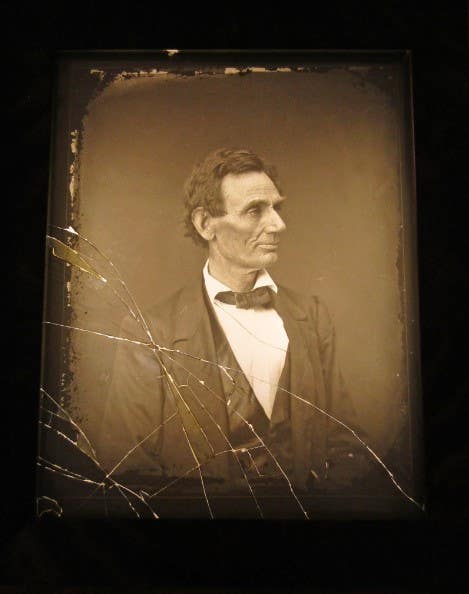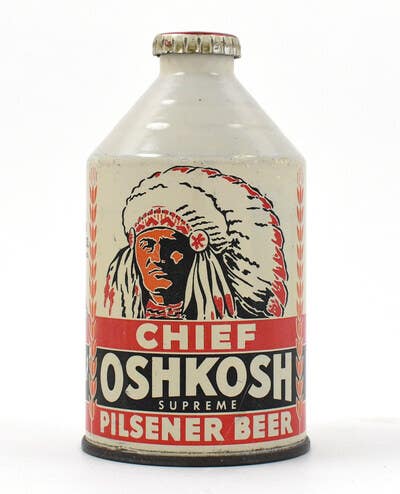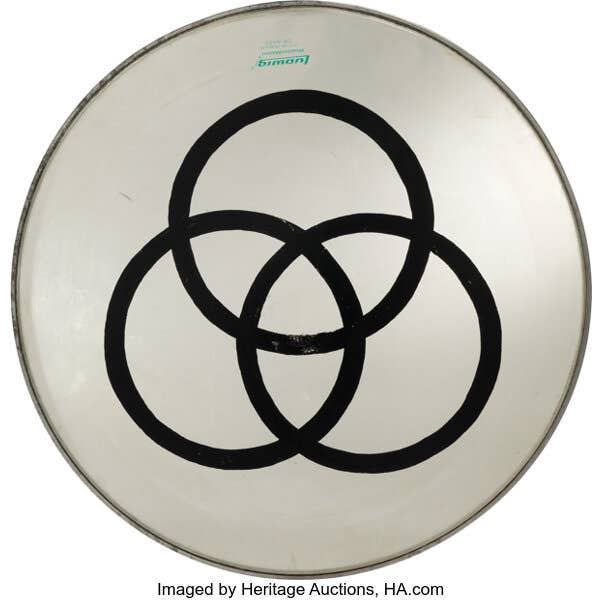Spongeware satisfies need for decorative and durable wares
Donald-Brian Johnson discusses the dynamic design of utilitarian spongeware pottery in a recent edition of Antique Trader.
Donald-Brian Johnson
Spongeware: The name says it all. A sponge dipped in colored pigment is daubed onto a piece of earthenware pottery of a contrasting color, creating an overall mottled, “sponged” pattern. A clear glaze is applied, and the piece fired. The final product, with its seemingly random, somewhat smudged coloration, conveys an overall impression of handmade “folk art.”
Most spongeware, however, was factory-made, from the mid-1800s well into the 1930s. Any folk art appeal was secondary, the result of design simplicity intended to facilitate maximum production at minimum cost. Although mass-manufacturing produced most spongeware, it did, in fact, originate in the work of independent potters. Glasgow, Scotland, circa 1835, is recognized as the birthplace of spongeware. The goal: the production of utilitarian “everyday” pottery, with appeal to the budget-conscious. Sponged surface decorations were a means of adding visual interest both easily and inexpensively.
Since early spongeware was quickly made, usually by amateur artisans, the base pottery was often insubstantial, and the sponging perfunctory. However, due to its general usefulness, and especially because of its low cost, spongeware quickly found an audience. Production spread across Great Britain and Europe, finally reaching the United States. Eventually, quality improved, as even frugal buyers demanded more for their money.
The terms “spongeware” and “spatterware” are often used interchangeably. Spatterware took its name from the initial means of application: a pipe was used to blow colored pigment onto a piece of pottery, creating a “spattered” coloration. Since the process was tedious, sponging soon became the preferred means of color application, although the “spatterware” designation remained in use.
Specific patterns were achieved by means of sponge printing (aka “stick spatter”): a small piece of sponge was cut in the pattern shape desired, attached to a stick, then dipped in color. The stick served as a more precise means of application, giving the decorator more control, creating designs with greater border definition. Applied colors varied, with blue (on white) proving most popular. Other colors included red, black, green, pink, yellow, brown, tan and purple.
Check out a video demonstrating the use of spongeware technique at Emma Bridgewater Factory in Stoke-On-Trent, England....
Because of the overlap in style, there really is no “right or wrong” in classifying a particular object as “spongeware” or “spatterware.” Often the manufacturer’s advertising designation is the one used. Spatterware, however, has become more closely identified with pottery in which the mottled color pattern, (whether spattered or sponged), surrounds a central image, either stamped or painted free-hand. Spongeware usually has no central image; the entire visual consists of the applied “splotching.”
Any break in that pattern comes in the form of contrasting bands, either in a solid color matching the mottling or in a portion of the base earthenware kept free of applied color. Some spongeware pieces also carry stampings indicating the name of an advertiser or the use intent of a specific object (“Butter,” “Coffee,” “1 Qt.”).
Much of what is classified as spatterware has a certain delicacy of purpose: tea sets, cups and saucers, sugar bowls and the like. Spongeware is more down-to-earth, both in intended usage and sturdiness. Among the many examples of no-nonsense spongeware: crocks, washbowl and pitcher sets, jugs, jars, canisters, soap dishes, shaving mugs, spittoons, umbrella stands, washboards and even chamber pots. These are pottery pieces that mean business; their shapes, stylings, and simple decoration are devoid of fussiness.
Spongeware was usually a secondary operation for the many companies that produced it, marketed as bargain-priced service ware. It’s seldom marked. Today, spongeware is an ideal collectible for those whose taste in 19th century pottery veers away from the overly detailed and ornate. Spongeware’s major appeal is due in large part to the minimalism it represents.








